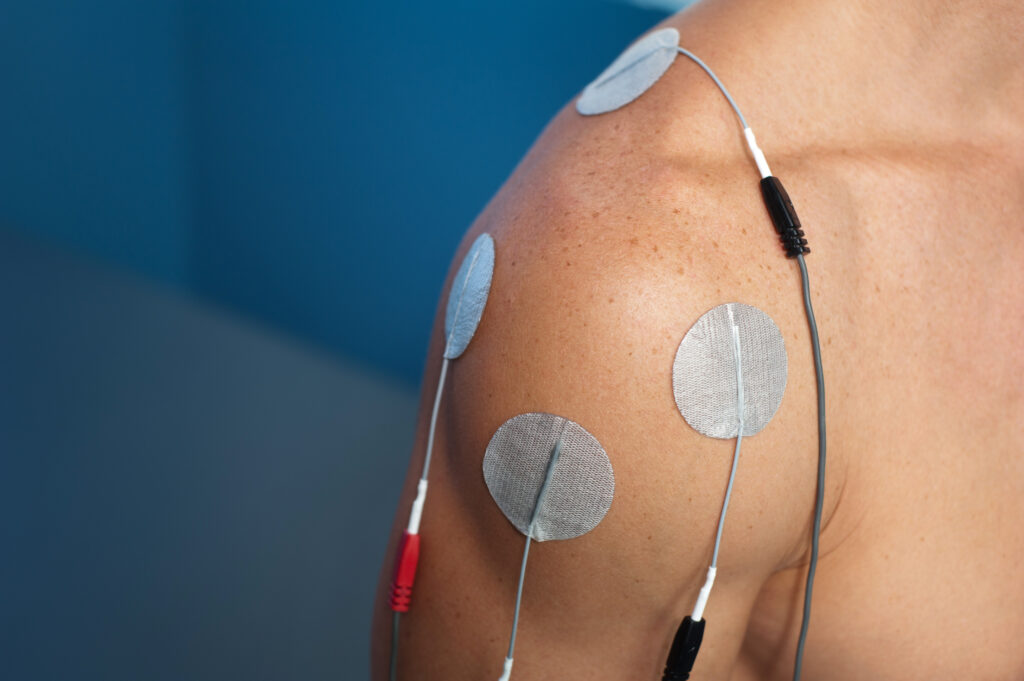Managing Shoulder Pain Post-Surgery

Recovering from shoulder surgery can be a challenging journey, often accompanied by post-surgical pain that hinders movement and overall well-being. Dr. Kelly Starrett, a distinguished Physical Therapist, unveils an innovative approach to managing rotator cuff pain post-surgery using H-Wave. Tailored for those seeking alternative pain management methods, individuals recovering from shoulder surgery, and chronic pain sufferers, this guide sheds light on a transformative solution.
Understanding the H-Wave Advantage
H-Wave offers a multifaceted approach to pain management, utilizing both low-frequency and high-frequency settings. Dr. Starrett directs our focus towards the high-frequency application, which proves particularly effective in modulating and attenuating pain post-rotator cuff surgery. Acknowledging that post-surgical pain is a common and expected part of the recovery process, Dr. Starrett emphasizes the need for additional safe methods beyond traditional pain relief options.
H-Wave Device Setup
Dr. Starrett guides users through the optimal setup of the H-Wave for targeted rotator cuff pain management.
- Pad Placement
- Strategically place pads on either side of the affected joint.
- Direct the energy from the device to pass through these points, targeting the specific area of post-surgical discomfort.
- Single Lead Placement
- If the pain is concentrated in the middle of the joint, a single lead can be placed on the front and back of the shoulder.
- This technique aims to provide focused relief to the affected area.
- Adjustable Frequency:
- Start by powering up the device and selecting the high-frequency setting.
- Gradually adjust the intensity until a comfortable relief is felt—this may manifest as buzzing, warmth, or a numbing sensation.
Personalized Comfort Levels
Dr. Starrett advises users to focus on finding a balance that suits individual comfort levels. Rather than fixating on specific numerical values, users should pay attention to their body’s response, adapting the treatment based on hydration, fatigue, skin condition, and pad usage.
Adding a Second Input
For those experiencing pain in multiple areas, Dr. Starrett recommends incorporating a second input. By placing pads in different locations, individuals can effectively address specific points of discomfort and enhance the overall pain relief experience.
Conclusion
In the realm of managing shoulder pain post-surgery, this method offers individuals seeking alternate pain management solutions, those on the path to recovery from shoulder surgery, and chronic pain patients a transformative way to alleviate post-surgical discomfort. By understanding the optimal device setup, adjusting frequencies, and personalizing the approach, users can experience on-demand pain relief, contributing to a more comfortable recovery journey. Embrace this non-invasive, drug-free solution and empower yourself on the path to pain-free living after rotator cuff surgery.